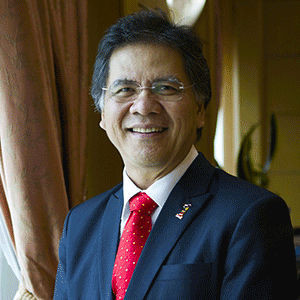views
Basic concepts of the brushless motor
According to the structure and workingprinciple of the motor, we can divide the motor into brushless motor, innerrotor brushless motor and outer rotor brushless motor.
Brush motor: also known as DC motor or carbon brush motor, it is the oldest motortype and the most numerous motor type by far. When the motor is working, thecoil and commutator rotate, while the magnetic steel and carbon brush do notrotate. The alternating change of the direction of the coil current iscompleted by the commutator and brush rotating of the motor. This kind of motorhas the advantages of relatively low cost, high torque, simple structure andeasy maintenance. However, due to structural limitations, so the shortcomingsare also relatively obvious: 1, mechanical commutator sparks caused by thefriction of the commutator and the brush, electromagnetic interference, noise,short life; 2, complex structure, poor reliability, many failures, the need forfrequent maintenance; 3. Due to the existence of commutator, the furtherdecrease of rotor inertia is restricted, which affects the dynamic performance. So in the mold field is mainly used in the slow speed and insensitive tovibration of the car model, ship model above, rarely use a brush motor.
Brushless motor: this is a brush motor mould industry, in addition to outside to use mostof a motor, brushless dc motor without the use of mechanical brush device,using square wave self-control type permanent magnet synchronous motor, withhall sensor to replace carbon brush and commutator rotor in ndfeb permanentmagnet materials, the performance has a great advantage compared with thegeneral traditional dc motor. With high efficiency, low energy consumption, lownoise, long life, high reliability, servo control, stepless frequencyconversion speed regulation and other advantages, as for the disadvantage......Is more expensive than the brush, not good maintenance, widely used in modelaircraft, high-speed car model and ship model.
However,a single brushless motor is not a complete power system, brushless basicallymust be controlled by the brushless controller, that is, electric adjustment toachieve continuous operation. Ordinary carbon brush motors rotate windings,while brushless motors rotate magnets regardless of their external or internalrotor structures. So any motor is composed of a stator and a rotor.
Thestator of the brushless motor is the part that generates the rotating magneticfield and can support the rotor to rotate. It is mainly composed of siliconsteel sheet, enameled wire, bearing and supporting parts. The rotor is a partthat is rotated by the action of the stator rotating magnetic field, which iscomposed of a rotating shaft, a magnet and a supporting part. In addition, thepole logarithm of stator and rotor also affects the speed and torque of themotor.











